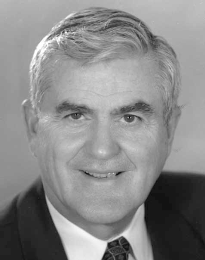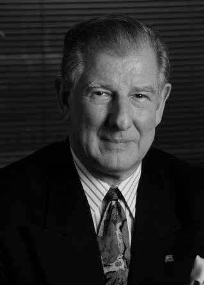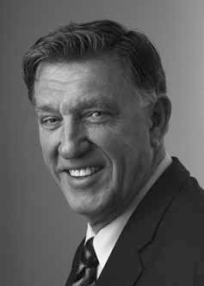
Ned Goodman has made transformative and enduring contributions to Canada’s minerals industry and capital markets as a company-builder, merchant banker and investment advisor during a dynamic career spanning almost half a century. He applied his geological training and business acumen to help build several successful mining companies — notably International Corona and Kinross Gold — and nurtured many other mineral producing companies through astute and timely investments. In addition to being anoutstanding member of the philanthropic community, Montreal-born Goodman is considered one of the leading architects of Canada’s investment management industry.
Along with his partners, he founded the first exploration flow-through partnership, CMP Group, which has raised almost $5 billion since the 1980s to help companies explore and develop mining and petroleum companies, leading to the generation of jobs and benefits for rural and northern economies in Canada. He was also the driving force of the Dundee group of financial companies, which grew under his leadership from a $300-millionbase to a $50-billion mutual fund entity.



























